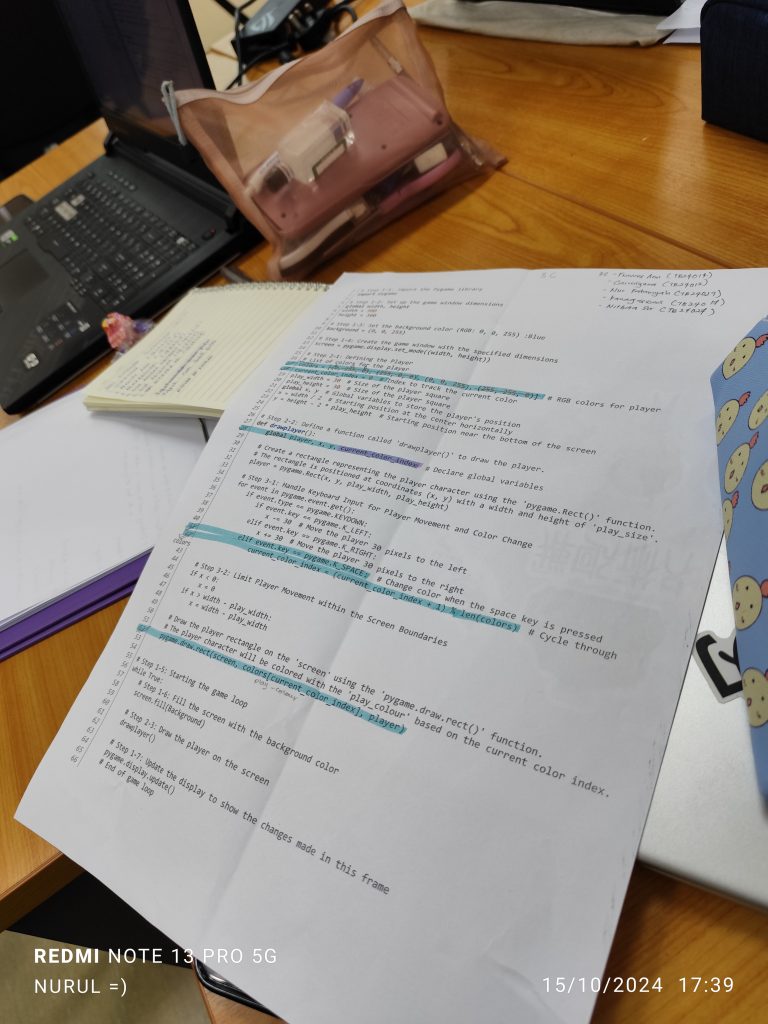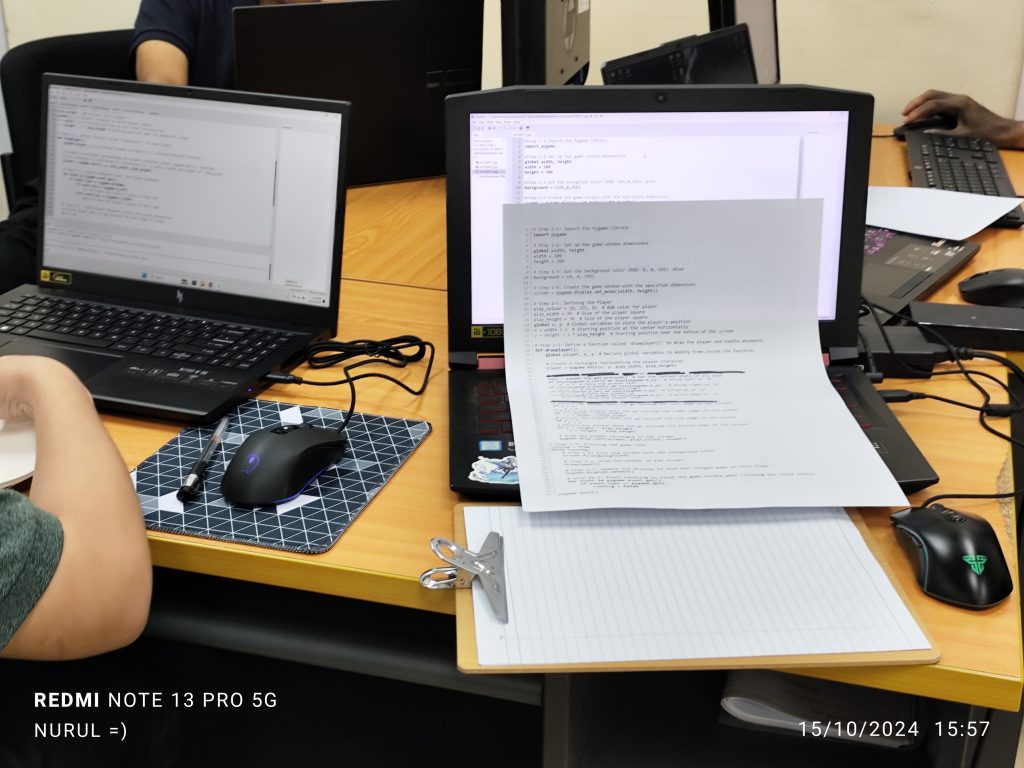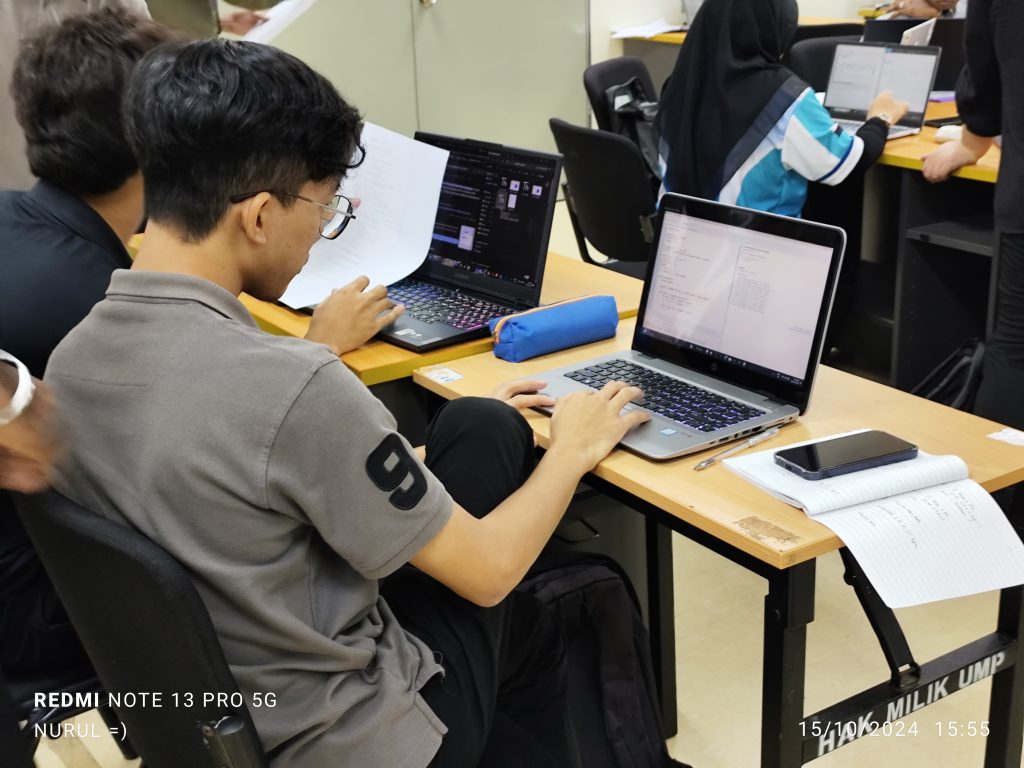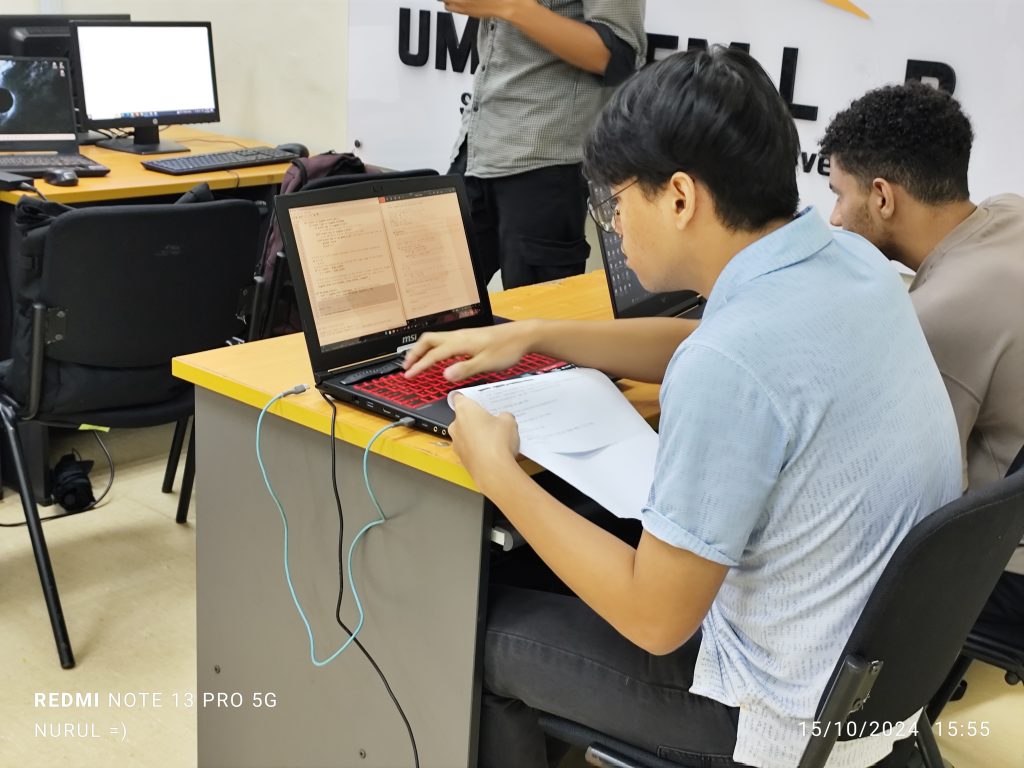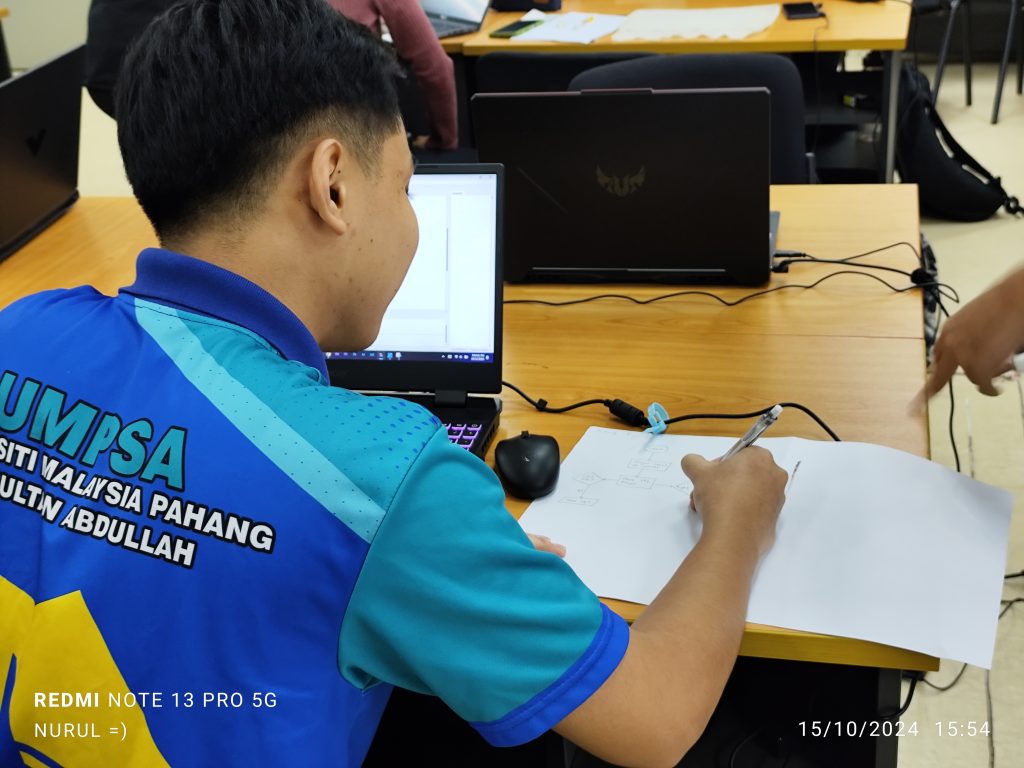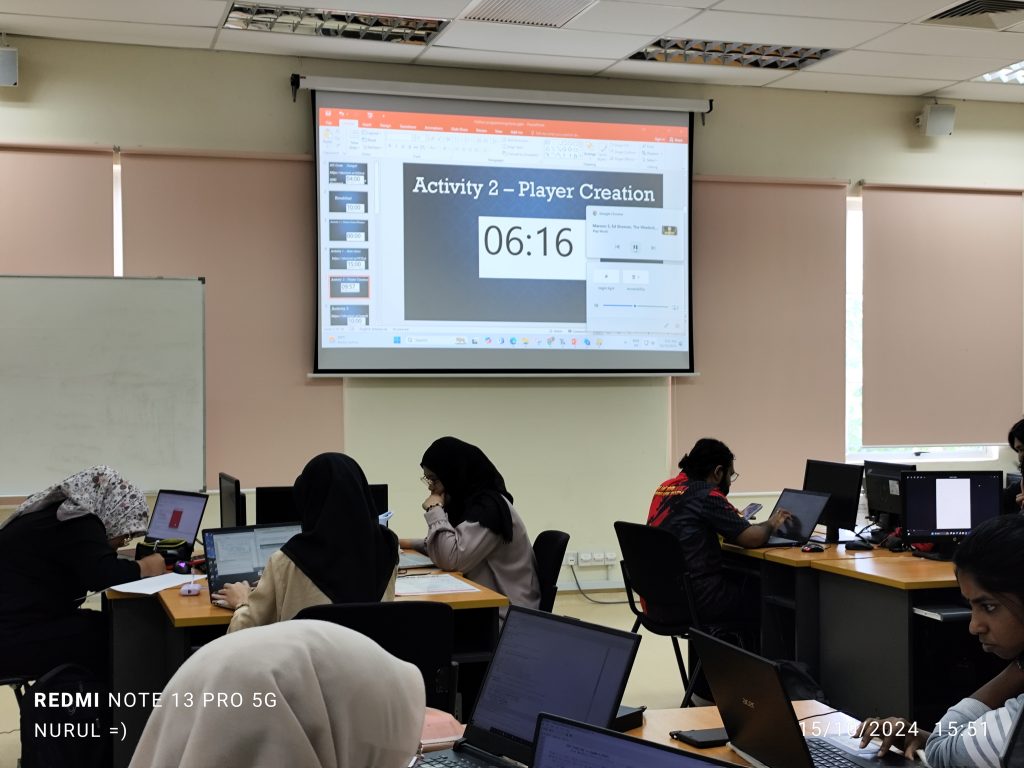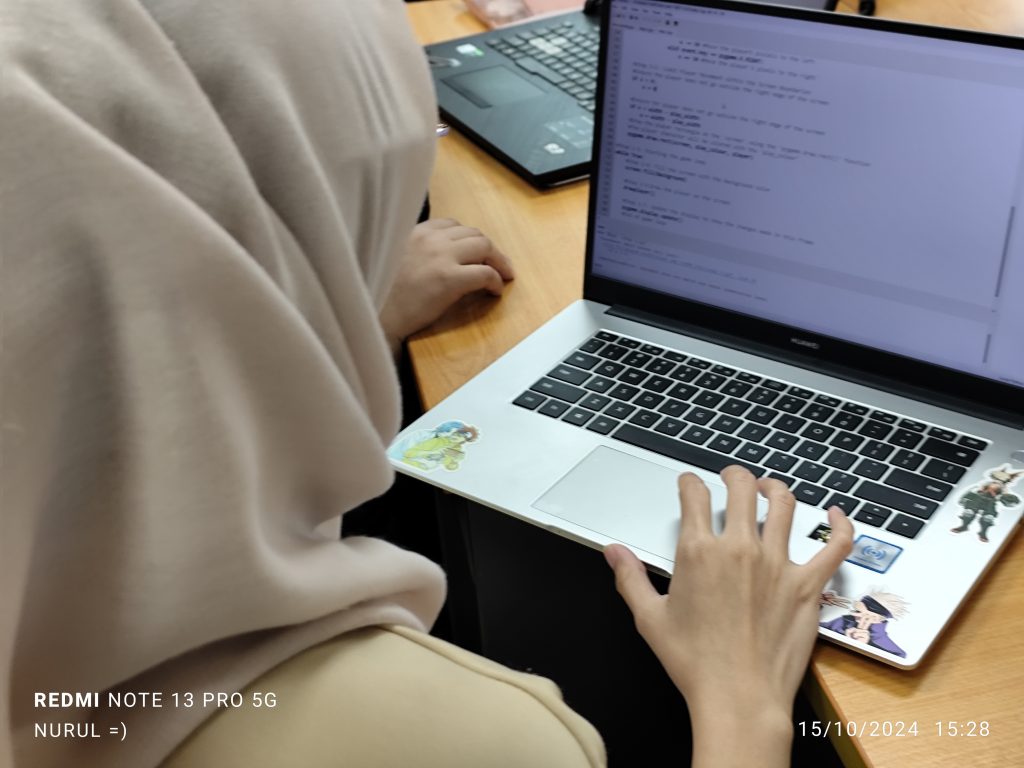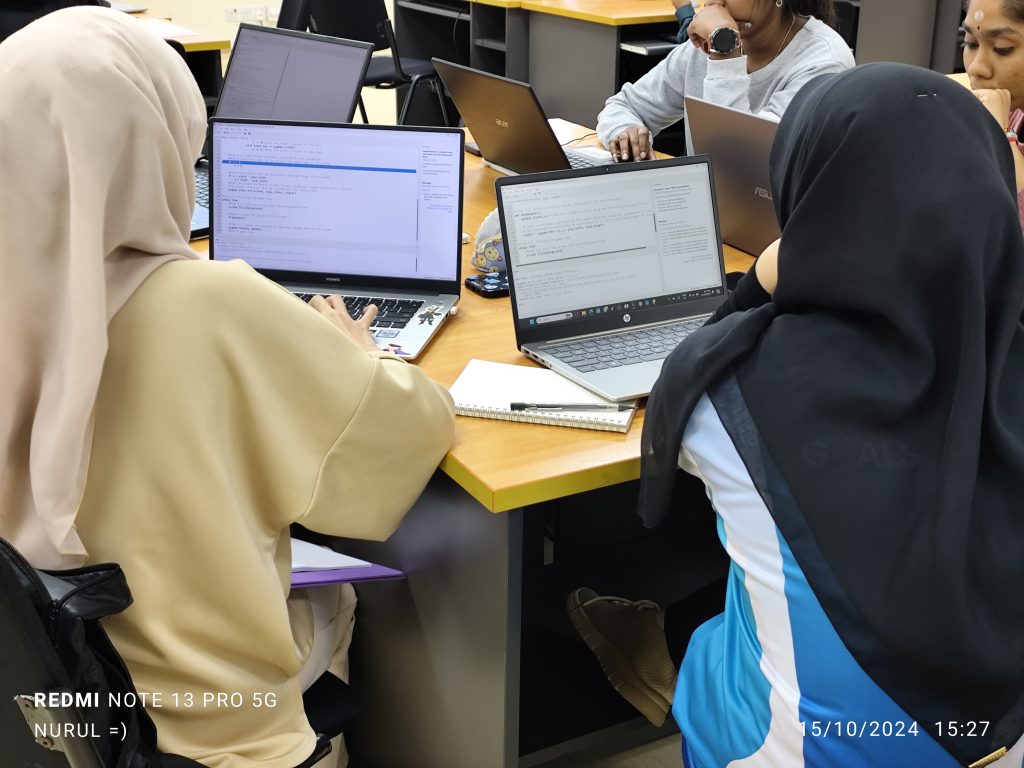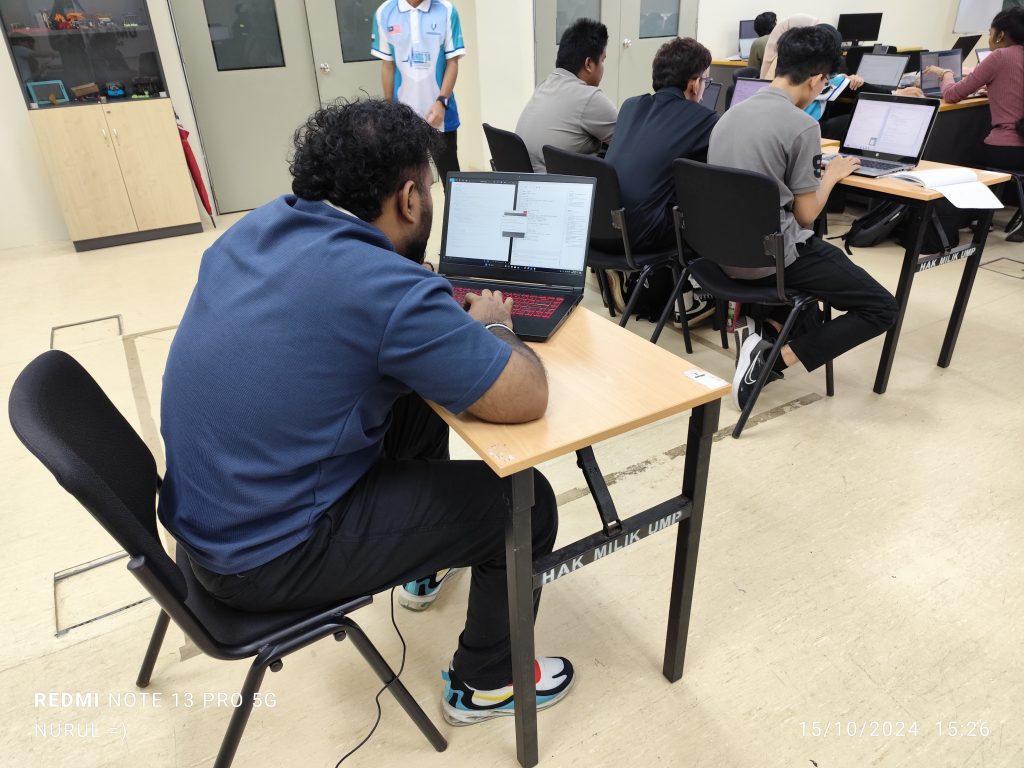In Week 2 of the BTE1522 DRE2213 course, the focus was on fundamental programming concepts, specifically data types and control statements in Python. These are critical building blocks for developing logical structures within any programming language and are key to enabling students to design functional applications.

- Data Types in Python
Understanding the various data types is essential in programming. Python offers several data types that students learned to apply during the class –- Integers (
int): Whole numbers, like 1, 2, or 100. - Floating-point numbers (
float): Numbers with decimal points, like 3.14 or 5.0. - Strings (
str): Text data, enclosed in quotes, like “Hello, World!”. - Booleans (
bool): True or False values, used for conditional logic. - Lists and Tuples: Students were introduced to lists, which are mutable sequences, and tuples, which are immutable sequences, to store multiple values.
- Integers (
- Control Statements in Python
Control flow structures help in decision-making and looping through tasks. The students explored:- If, Elif, and Else Statements: Conditional statements that allow the program to execute specific blocks of code based on certain conditions.
- While and For Loops: Used to repeat a block of code while a condition holds true.



Activity 1-3: Player Creation and Movement
Students applied their understanding of data types and control statements through practical coding exercises. In Activities 1-3, they created a basic player character and programmed its movement across the game window.
The coding exercise allowed students to implement:
- Variables to define the player’s position, size, and color.
- Control statements like if-elif-else to determine how the player moves in response to keyboard input.
- Basic boundary control to prevent the player from moving off-screen.
Moving to the Second Phase – Five Challenges
After completing the initial activities, students moved to a more challenging phase involving code modifications and analysis. They were tasked with modifying and analyzing code to address five distinct challenges, each designed to deepen their understanding of data types and control statements.
Challenge 1: Modify Movement with Control Statements
Objective – Students were introduced to control statements such as if, elif, and else. They modified the code to allow the player to move based on specific conditions, such as different key presses resulting in different player actions.
Challenge 2: Boundary Control with Conditional Statements
Objective – In this challenge, students explored boundary detection using if and else statements. The goal was to prevent the player from moving outside the game window. This reinforced their understanding of how conditions can control flow in a program.
Challenge 3: Change Player’s Color with Data Types
Objective – Students were introduced to the concept of variables and data types such as lists and tuples. The challenge was to change the player’s color based on certain conditions, like the player reaching specific coordinates.
Challenge 4: Score and Time Tracking with Variables
Objective – Students explored the use of variables and loops to add a scoring system and time limit. They learned how to create a variable that increments when the player performs specific actions and how to manage game time using a while loop.
Challenge 5: Advanced Activity: Collision Detection
Objective – The final challenge involved practicing control structures and Boolean data types to detect when the player collided with the screen edges. This challenge required students to think critically about game dynamics and how to implement collision logic.
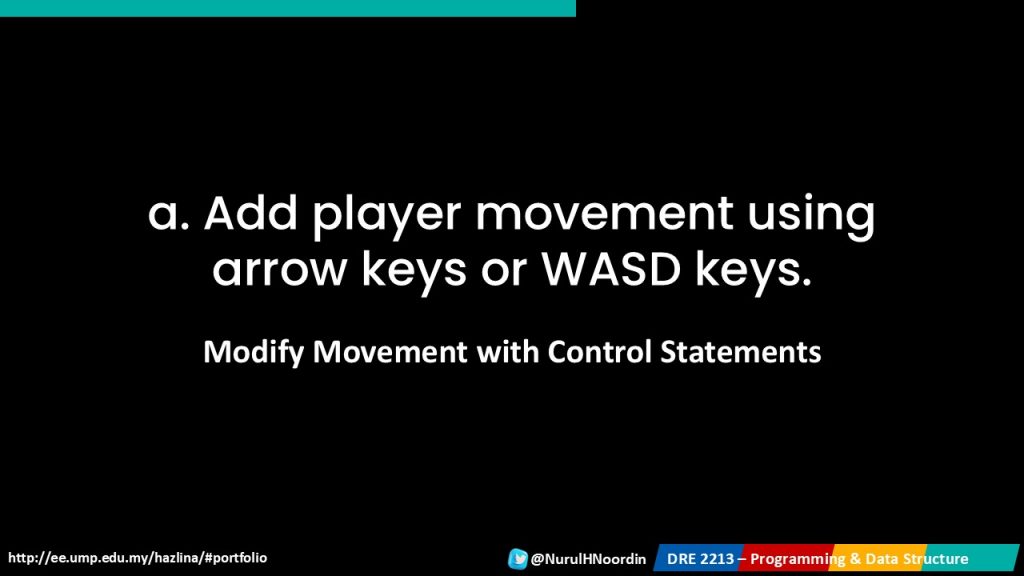
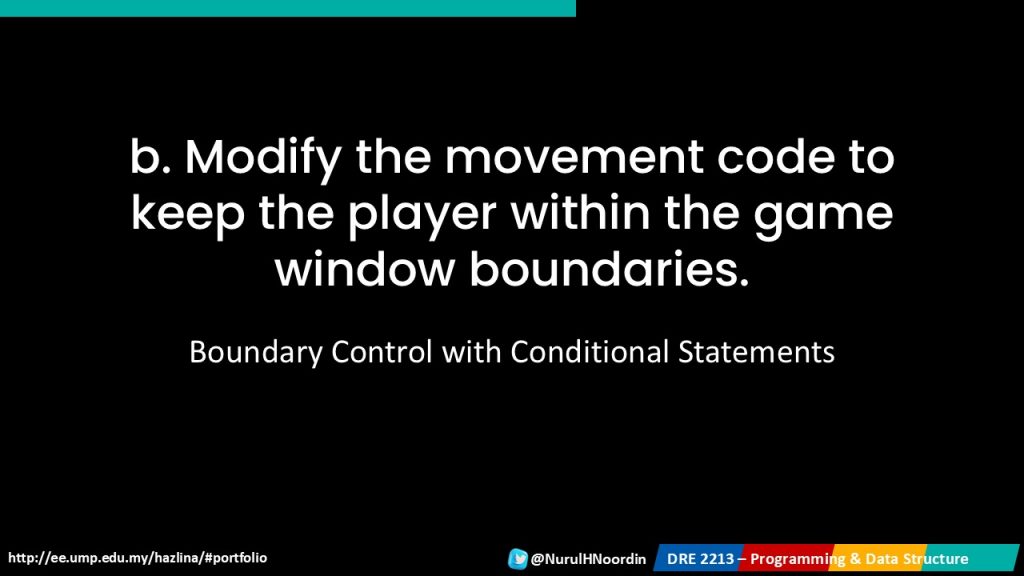
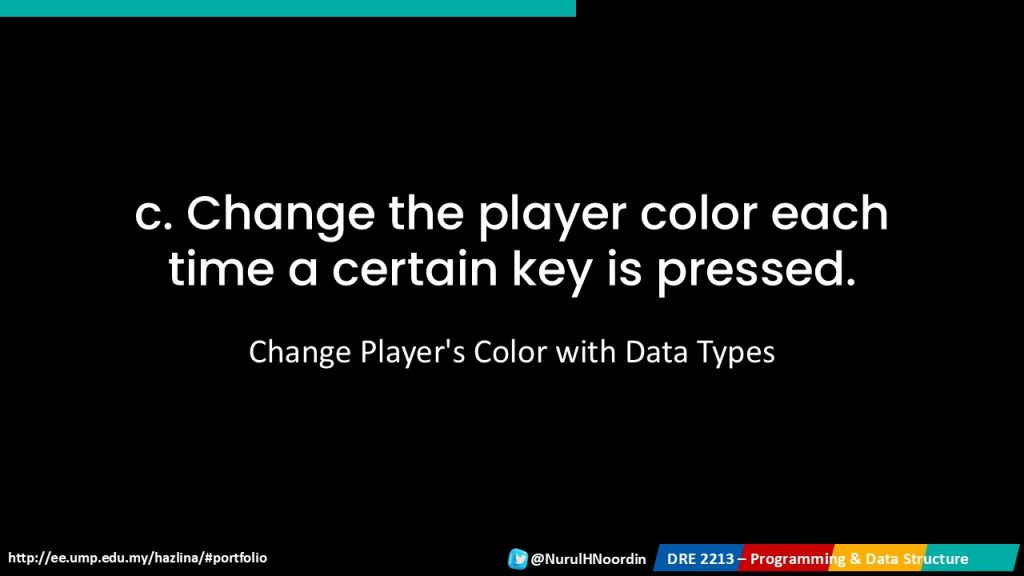
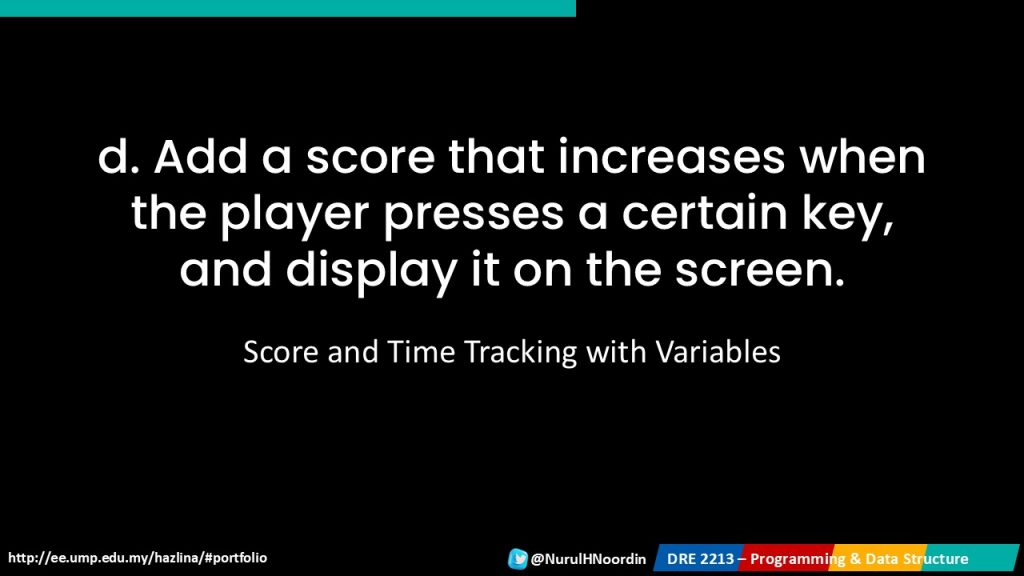

Pedagogical Approaches in the Exercise
To ensure a thorough understanding, two pedagogical approaches were used throughout the five challenges:
- Code Modification/Generation
Students in DRE2213 were required to actively modify their existing code based on the challenge descriptions. This hands-on approach allowed them to understand the logic behind each task and improve their problem-solving skills by directly interacting with the code. - Code Analysis
In BTE1522, students were provided with completed code and asked to map it to the challenge objectives. This method allowed them to break down complex code structures, understand how different components work together, and link theoretical concepts to real-world applications.
Week 2 was an essential part of the course as it introduced fundamental programming concepts like data types and control statements in Python. Through interactive activities and challenges, students not only learned to implement these concepts but also developed problem-solving skills by engaging in code modification and analysis. These exercises laid a strong foundation for the more advanced topics to come in the course.
Nurul Oct 15th
DRE2213
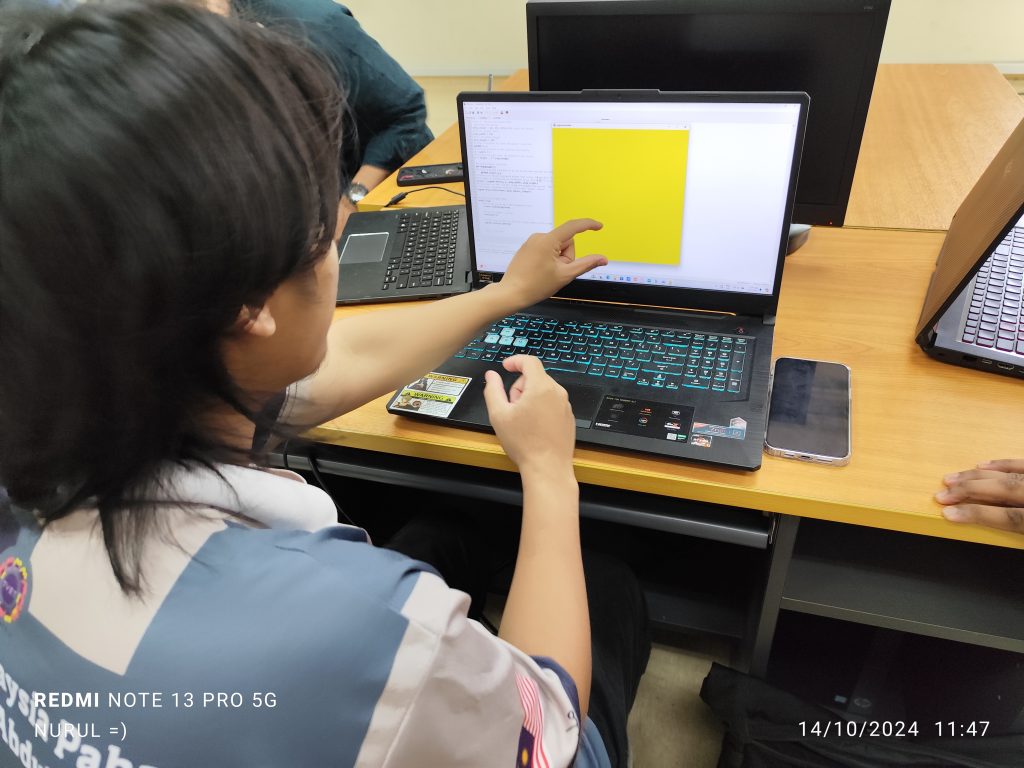
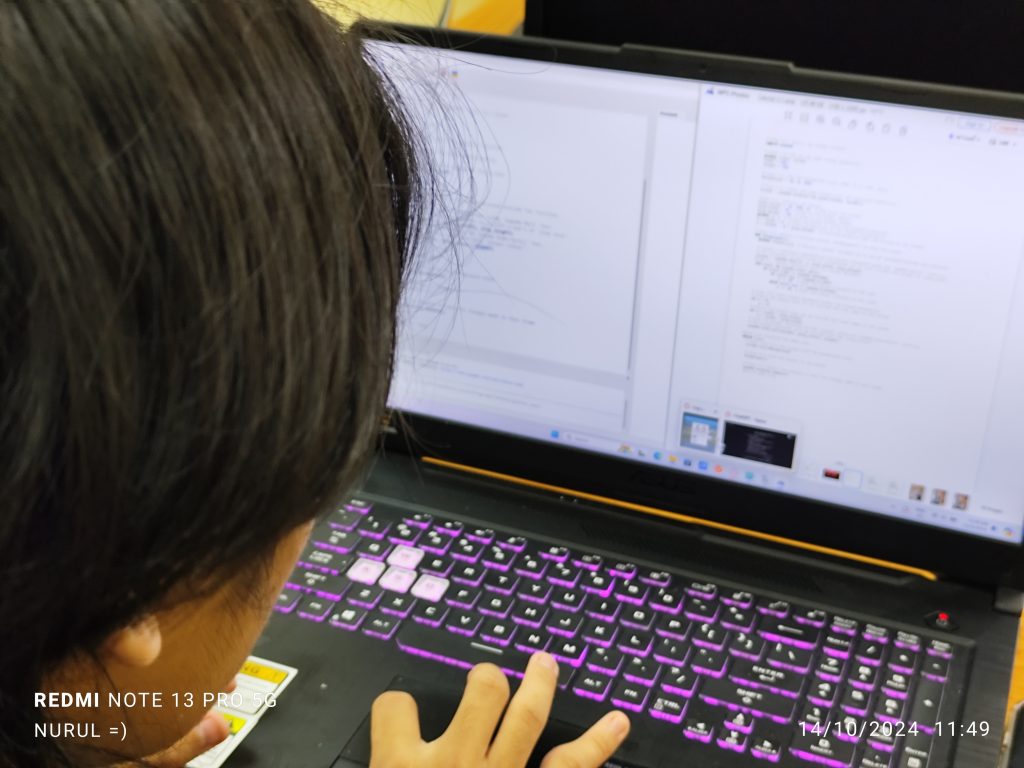


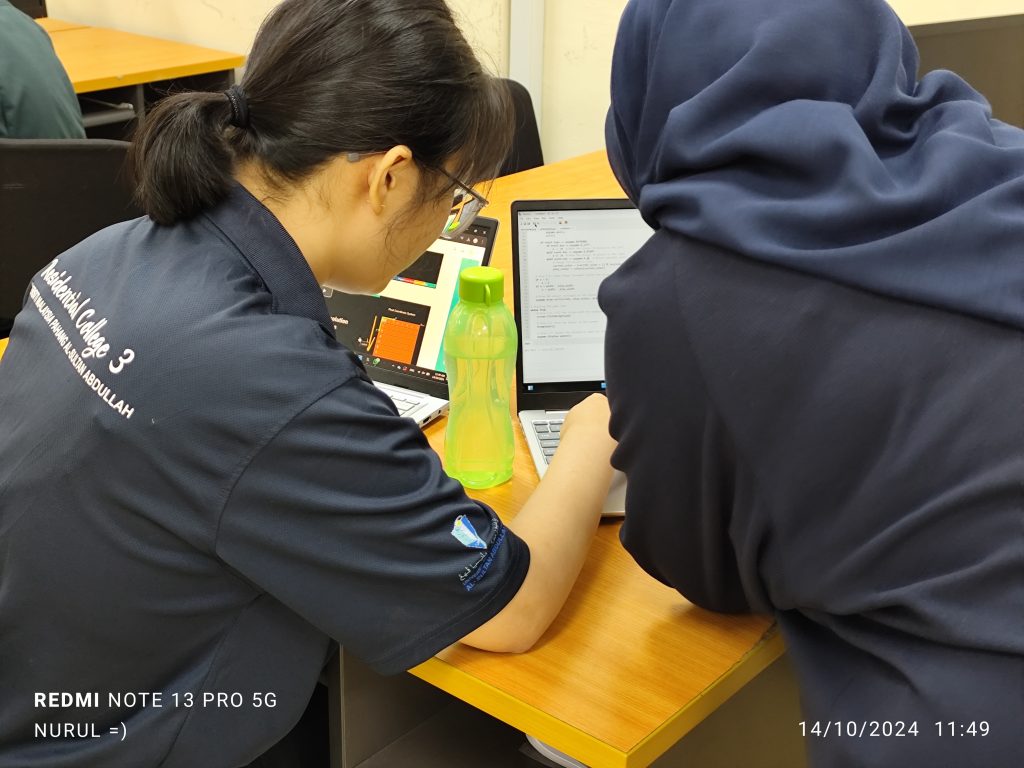
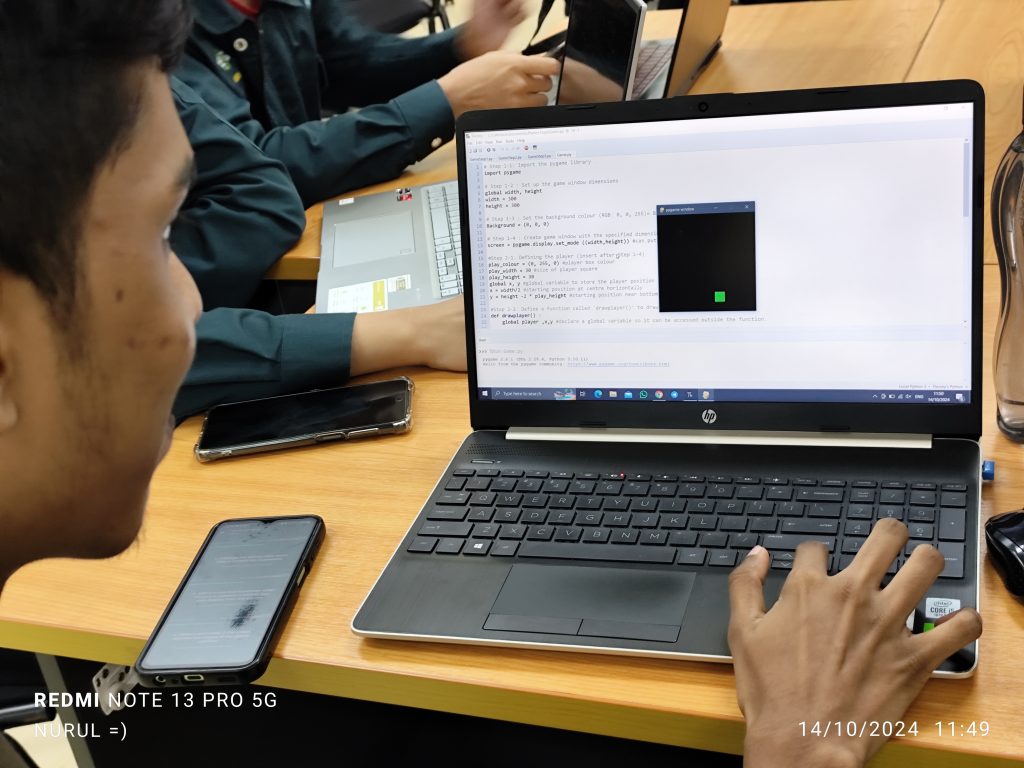
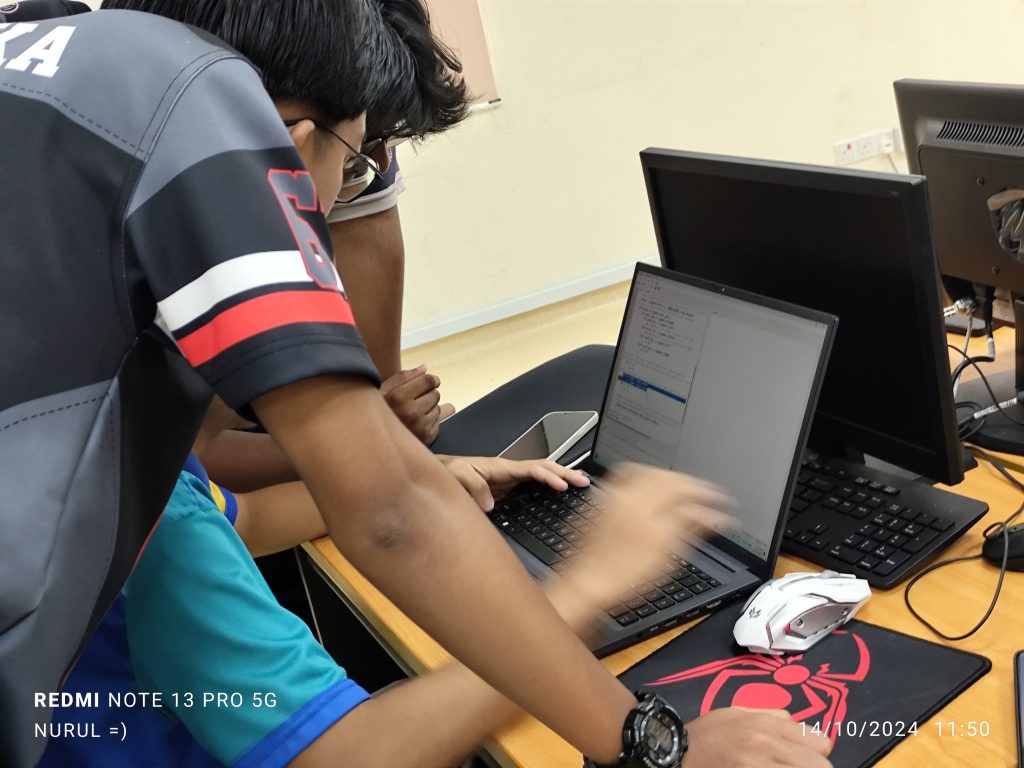
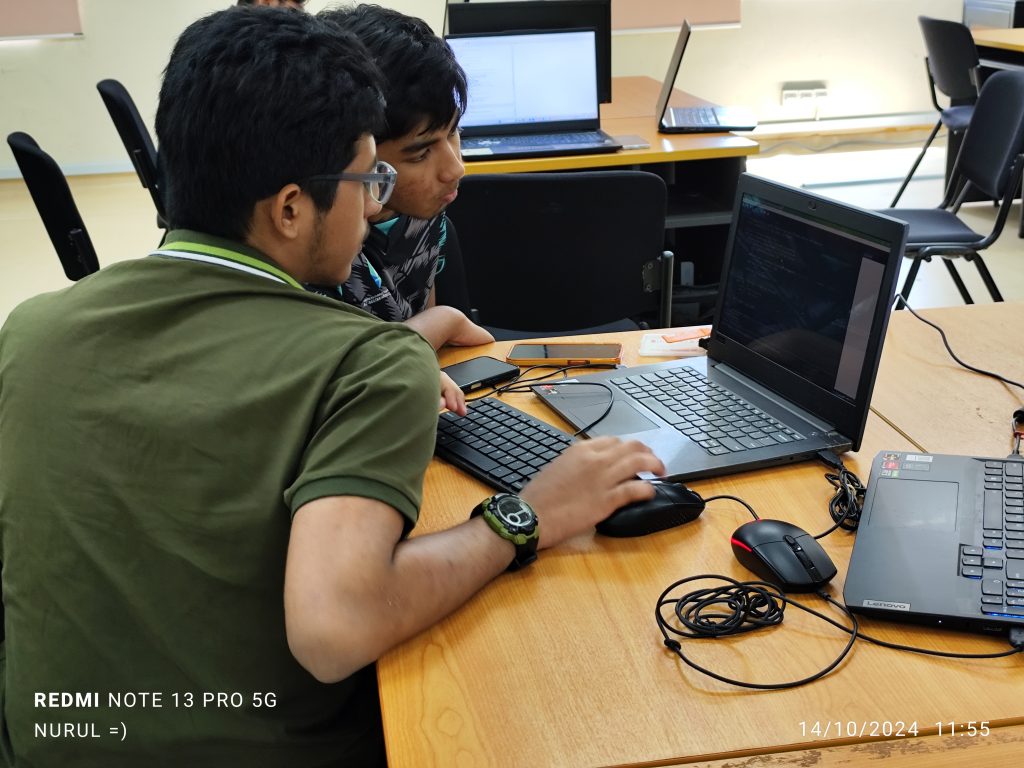


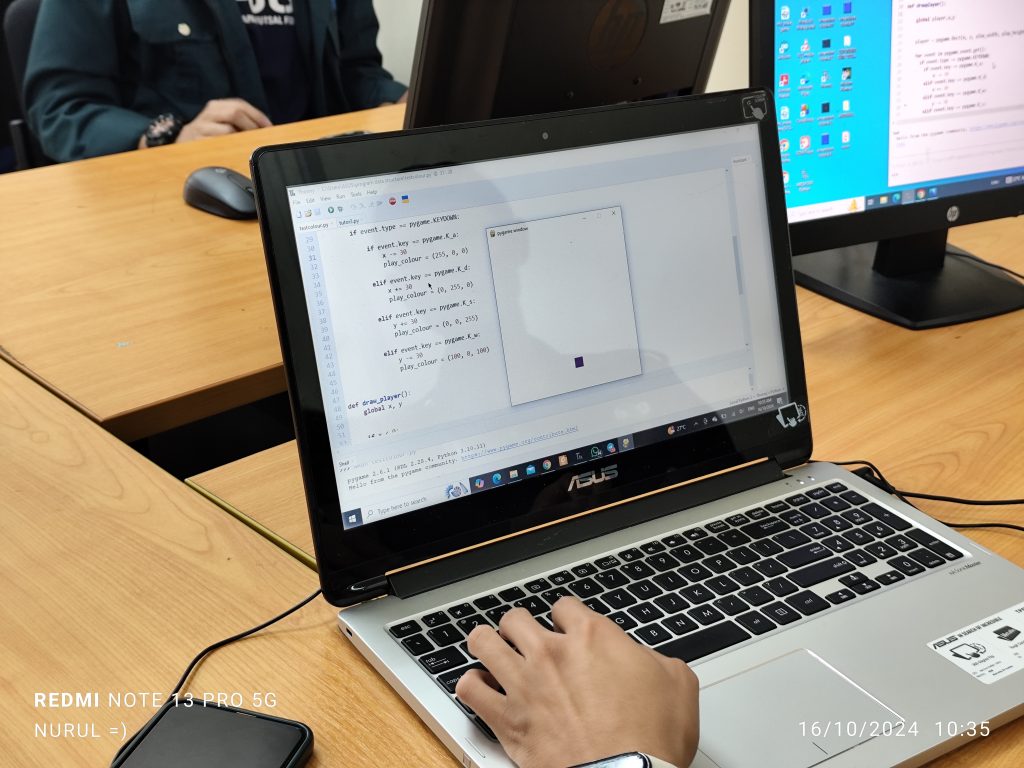
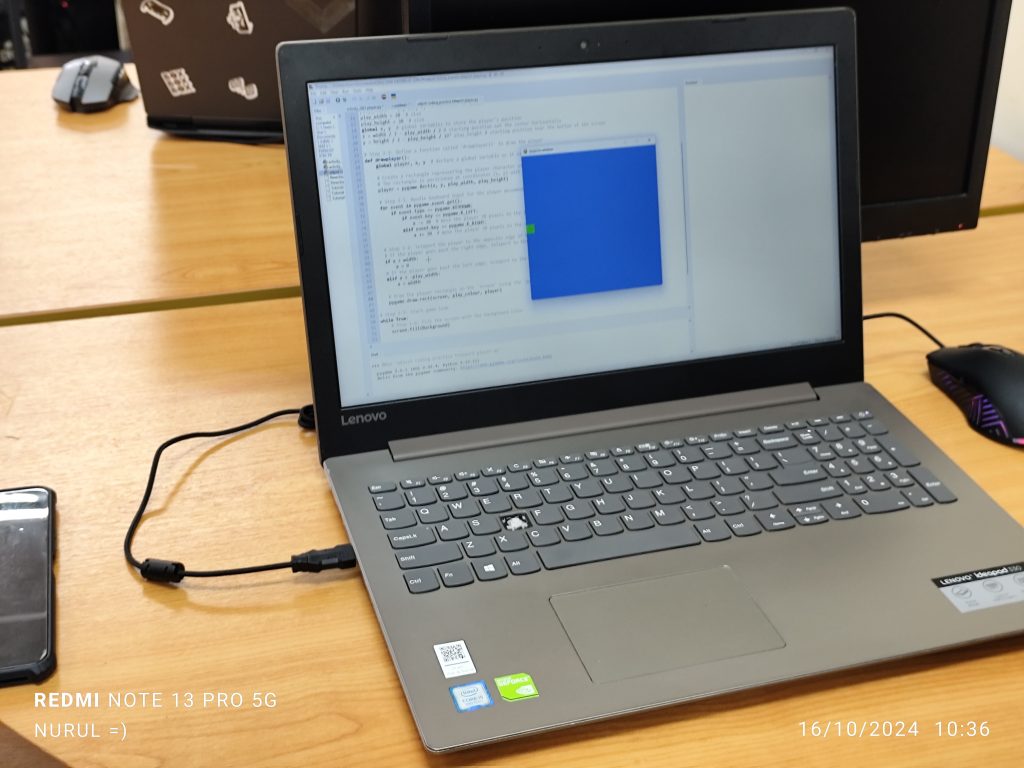
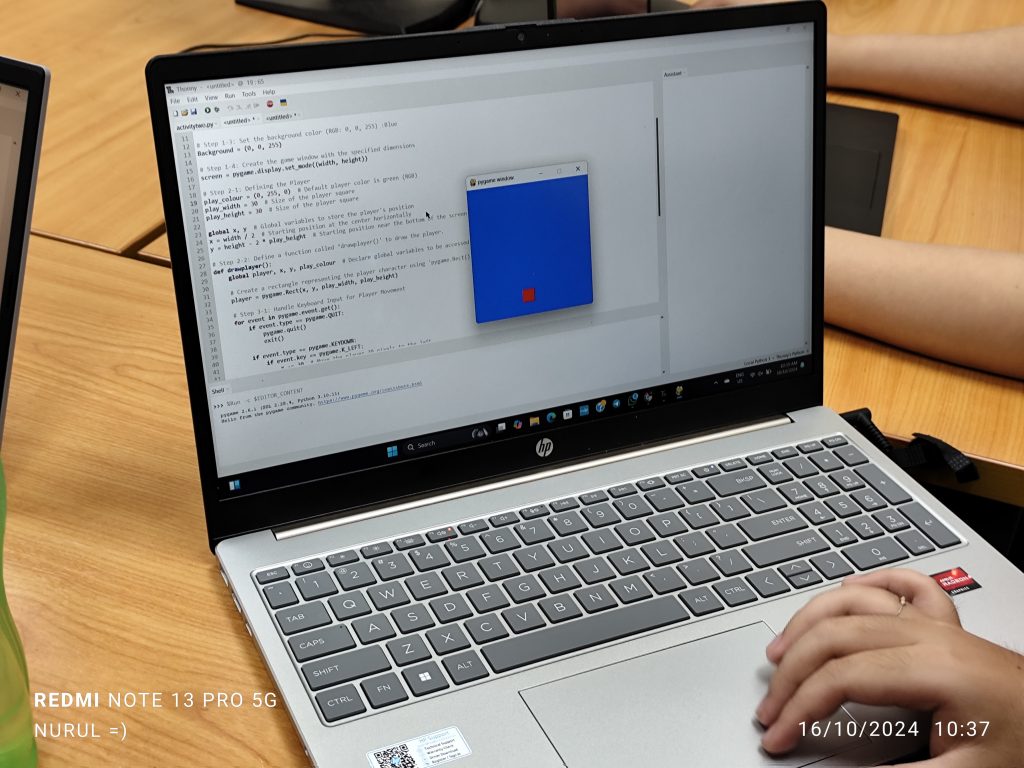

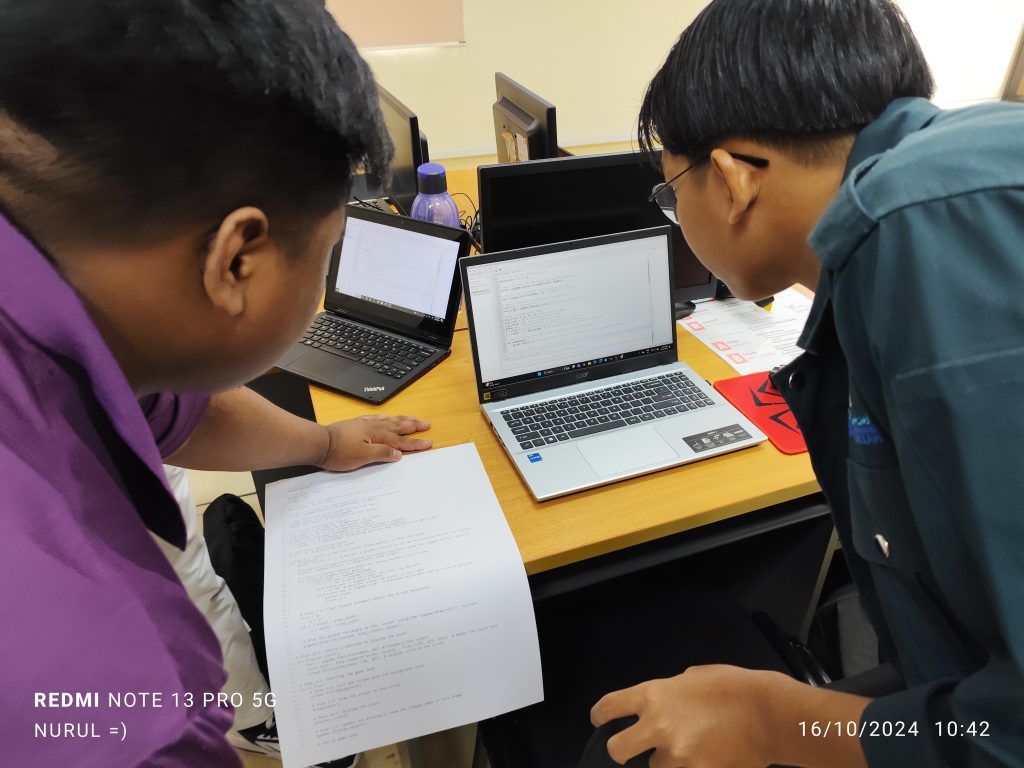

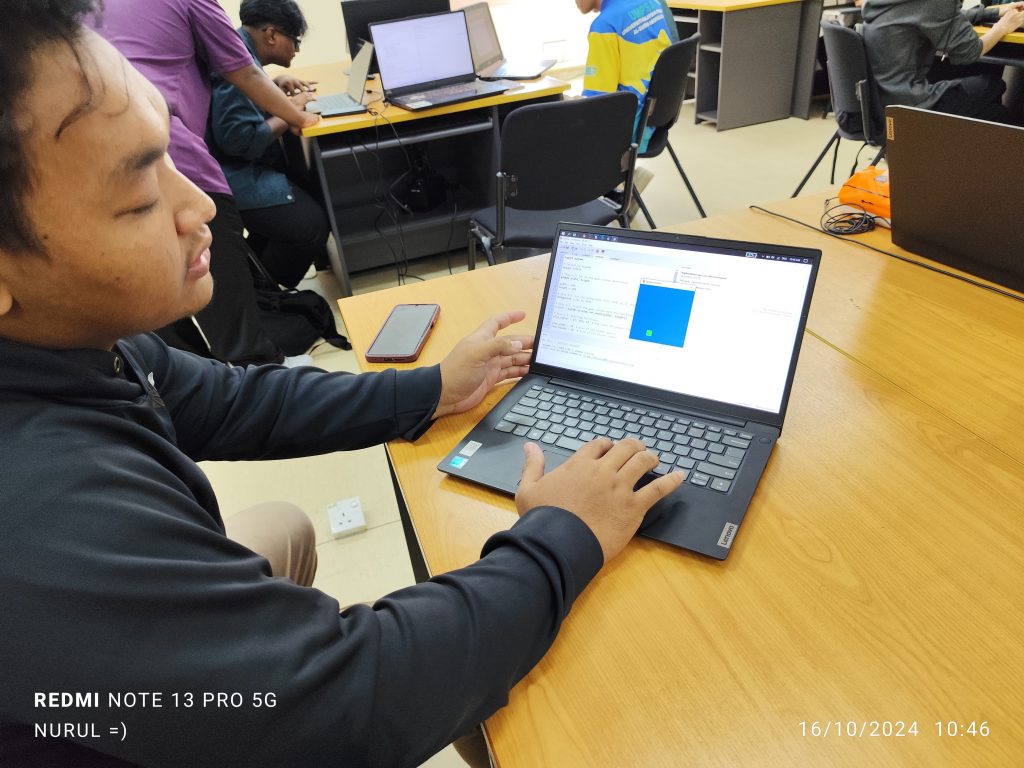






BTE1522



